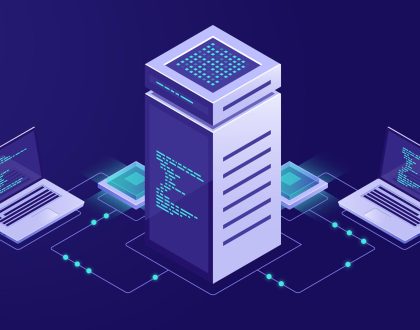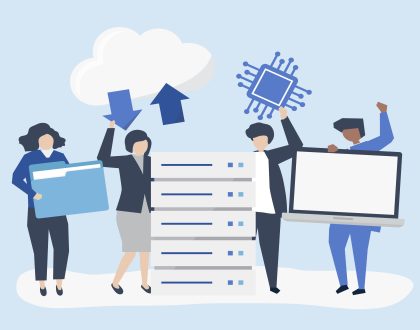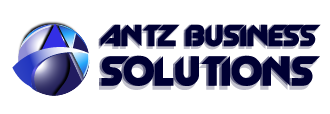What Is A Content Management System (CMS)

A content management system or CMS is a software that facilitates creating, editing, organizing, and publishing content. WordPress, Joomla and Drupal is a Content Management System, that allows you to create and publish your content on the web. Although it is mostly used for web publishing, it can be used to manage content on an intranet, or in a single computer.
These Content Management Systems or CMS for short allows users to have full control over the files, documents, as well as the design and display of the content. You don’t have to know a single line of code to publish content using a Content Management System (CMS). The beauty of a good Content Management System is to allow any user to create and manage their content without any technical know-how.
In the earlier days, an average user or a small company had to rely on static HTML sites because they could not afford a Content Management System which would cost hundreds of thousands of dollars. That problem is now solved. WordPress, , Joomla, Drupal, and other open source solutions which is free for anyone to use.
Content Management Systems (CMS) is now being used in all sort of creative ways. We have seen WordPress and Joomla being used to power small business websites, blogs, large university websites, portfolios, real estate property listing site, internal communication system for companies, web directories, movie databases, application infrastructure base, arcade sites, and basically anything else you can think of.
Thanks the huge communities of these Content Management System (CMS) they have evolved to be so much more through the thousands of plugins, widgets and themes; and is limited only by your imagination.
Features of a Content Management System
Features can vary amongst the various CMS offerings, but the core functions are often considered to be indexing, search and retrieval, format management, revision control and publishing. Content Management Systems typically provide the following features:
- SEO-friendly URLs
- Admin panel with multiple language support
- Content hierarchy with unlimited depth and size
- Minimal server requirements
- Integrated and online help
- Modularity and extensibility
- User and group functionality
- Templating support for changing designs
- Install and upgrade wizards
- Integrated audit logs
- Intuitive indexing, search and retrieval features index all data for easy access through search functions and allow users to search by attributes such as publication dates, keywords or author.
- Revision features allow content to be updated and edited after initial publication. Revision control also tracks any changes made to files by individuals.
- Publishing functionality allows individuals to use a template and other tools to create or modify content.
- Compliance with various accessibility frameworks and standards
Choosing a Content Management System
There is almost no limit to the factors that must be considered before an organization decides to invest in a CMS. There are a few basic functionalities to always look for, such as an easy-to-use editor interface and intelligent search capabilities. However, for some organizations, the software they use depends on certain requirements.
For example, consider the organization’s size and geographic dispersion. The CMS administrator must know how many people will be utilizing the application, whether the CMS will require multilanguage support and what size support team will be needed to maintain operations. It’s also important to consider the level of control both administrators and end users will have when using the CMS. The diversity of the electronic data forms used within an organization must also be considered. All types of digital content should be indexed easily.
Recommended Posts

VPS Hosting vs Shared Hosting
March 18, 2023

Pros and Cons of Shared Hosting
March 17, 2023

Pros and Cons of VPS Hosting
March 16, 2023


I will immediately snatch your rss as I can not find your e-mail subscription hyperlink or newsletter service. Do you’ve any? Please permit me recognise in order that I may just subscribe. Thanks.
Appreciate this post. Let me try it out.
You actually make it seem so easy together with your presentation but
I find this topic to be actually something which I think I would never understand.
It seems too complicated and very vast for me. I am taking a look ahead to your next post, I’ll attempt
to get the grasp of it!